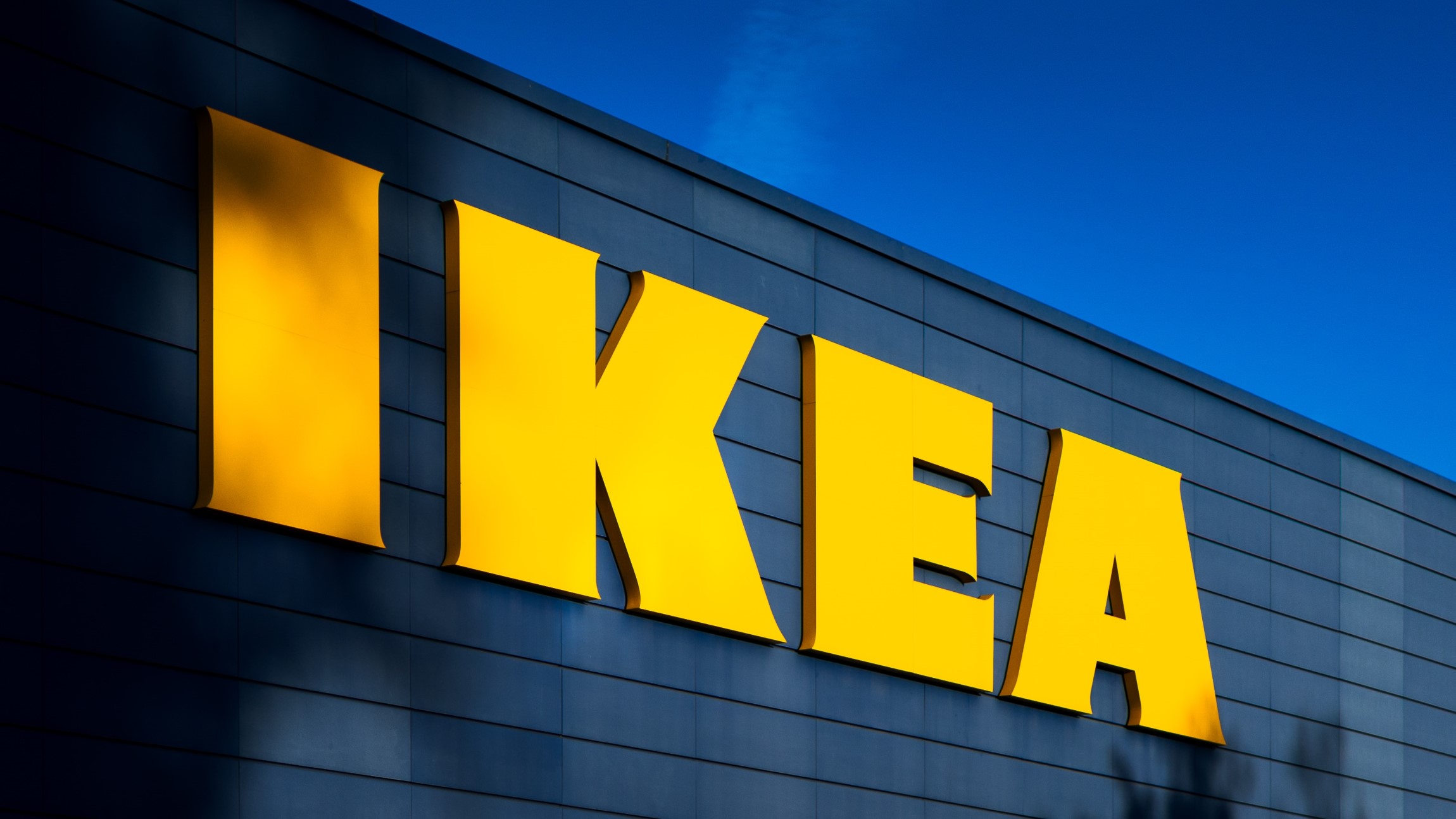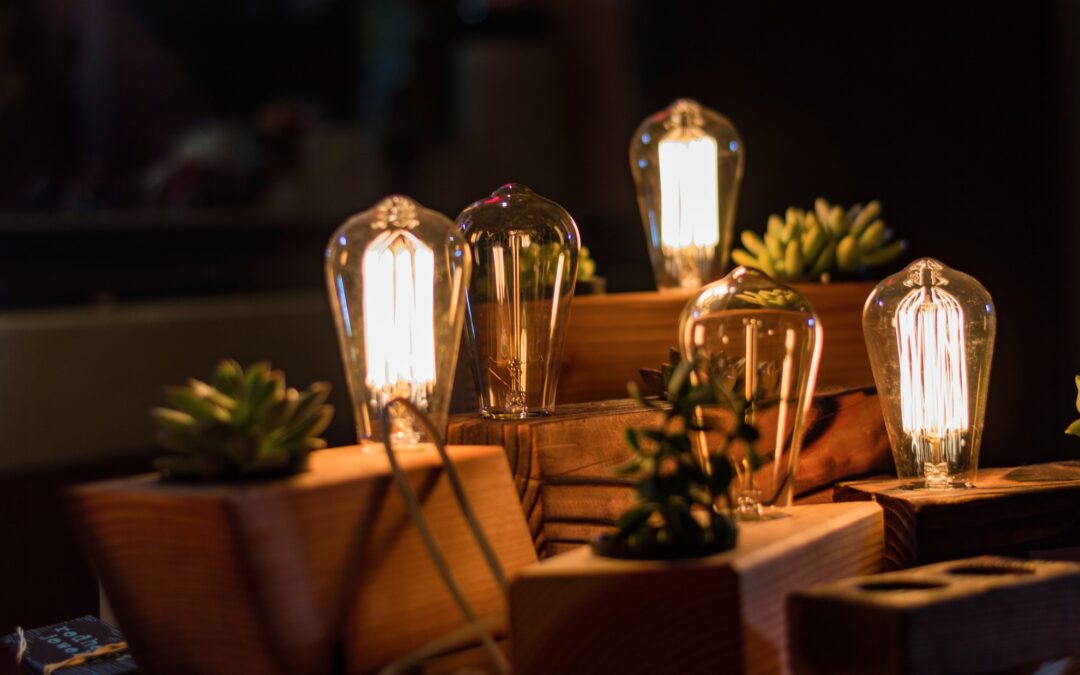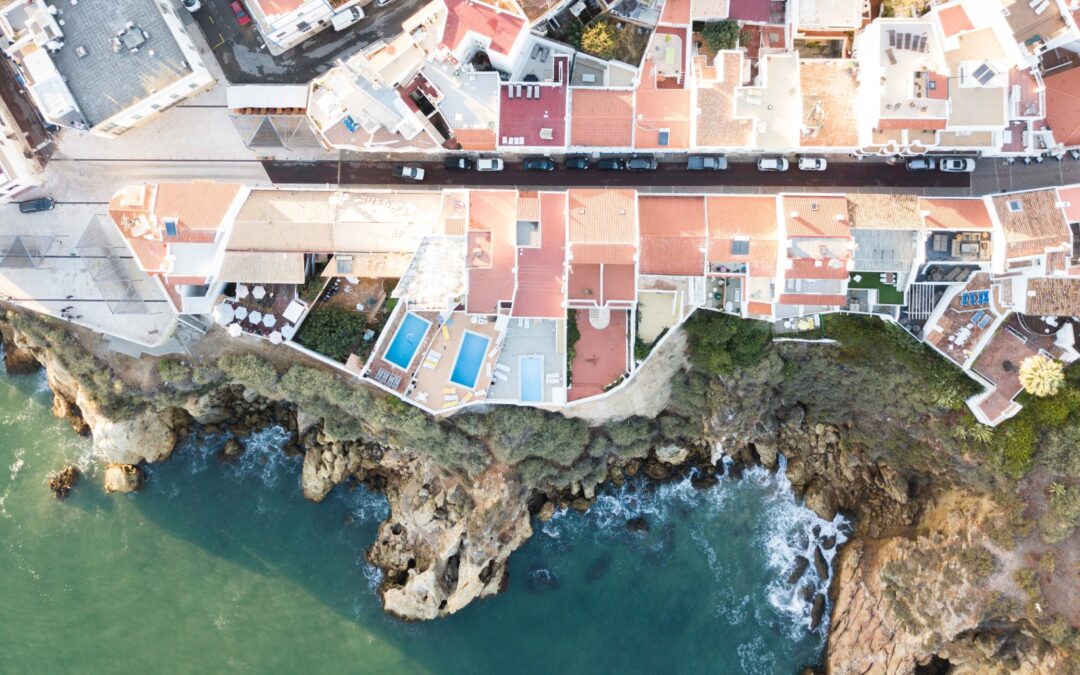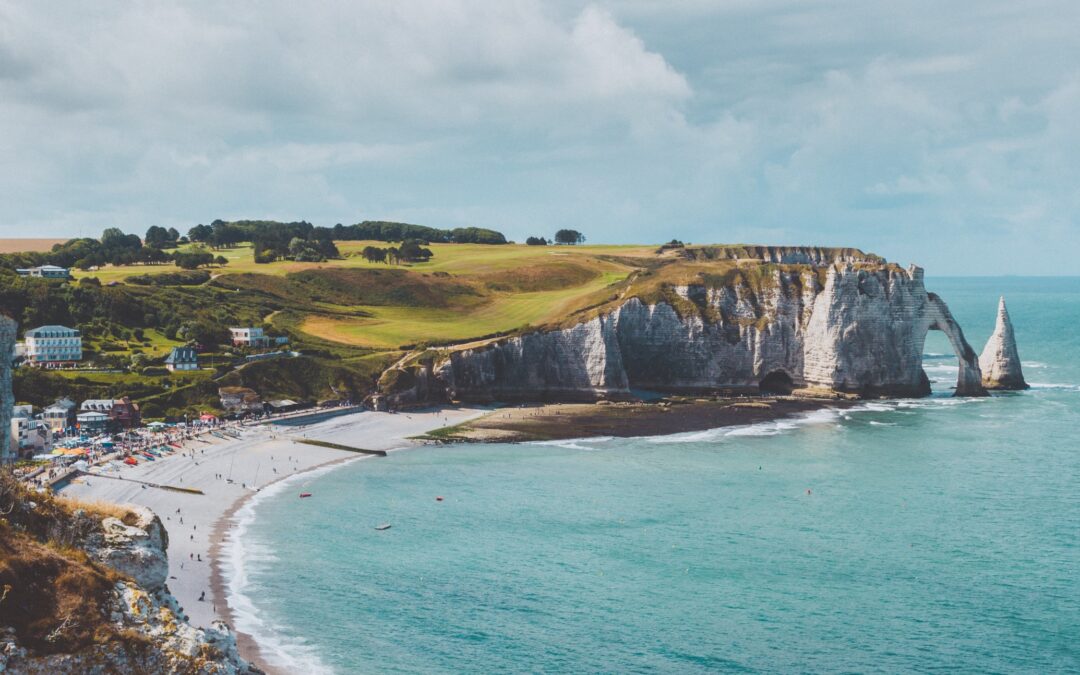
Is IKEA the fast fashion of furniture?

Most recent
IKEA is one of the largest furniture companies in the world, but its products play a massive part in mass consumerism.
In 2022, IKEA generated €44.6 billion ($48.9 billion) in sales over more than 400 stores across 62 markets, employing 231,000 people. In February 2023, IKEA operated 277 stores in Europe, 79 in Asia, and 70 in North America. These figures make IKEA one of the largest players in the Ready-to-assemble (RTA) furniture market, alongside Steinhoff, Whalen, and Sauder. In 2013, IKEA alone consumed 1 percent of all global wood production, leading to the question of how ethical IKEA is and can its practices be compared to the fast fashion industry?
Swedish origins
IKEA was founded in 1943 by Ingvar Kamprad, who received a modest sum from his father to start his own business. In 1948, the first furniture from IKEA was launched. The products from Kamprad were sold at low prices, which according to the company posed an immediate threat to other Swedish retailers. In an attempt to stop the rise of IKEA, they called for a boycott of the up-and-coming furniture manufacturer. Competitors made sure that Kamprad couldn’t present his products at trade fairs, let alone be allowed to visit them. But this did not deter him from expanding his business and perhaps one of the most iconic pieces of advertising material was born during this crucial point in time, the IKEA catalog, which received its first edition in 1950.
Shortly after in 1953, IKEA opened its first showroom in Älmhult. Simultaneously the furniture company introduced an improved version of the “flat-pack” for furniture transportation. The company said that the concept already existed outside of Sweden, but saw low traction domestically mainly due to poor performance when transported. For Kamprad, this was one of the major challenges to be overcome to reduce costs and protect the furniture during transport.
Another pivoting moment for IKEA was the opening of its restaurant in 1960. Initially, the store only sold cold items and coffee but expanded its line-up with hamburgers and á la carte food options. Kamprad noticed that its customers left the store during lunch hours, hence concluding that hungry customers don’t spend money. In order to keep them in the store, he opened a restaurant at the outlet itself to prevent customers from leaving. Three years later, IKEA opened its first store in Norway.
Sustainability at IKEA
In June 2017, IKEA revealed its Food is Precious, which aims to reduce food waste by 50 percent. The furniture company said it wants to achieve a 50 percent reduction by the end of August 2020. IKEA noted that it had already achieved a 20 percent reduction, which translates to 176.000 saved meals. Managing Director at IKEA Food Services AB, Michael La Cour, said in the press release, “t is very encouraging to see the initial results of the Food is Precious initiative! Thanks to engaged co-workers and the measuring solution, we see up to 30% food waste reduction already after a few months.” Adding that he is closely monitoring the developments and encourages others to be more mindful of the food they consume.
In June 2019, IKEA said it would start using ocean plastics in its products from 2020 onwards, starting with its MUSSELBLOMMA collection. The ocean plastics will be partially sourced from Spanish fishermen who operate in the Mediterranean Ocean. The plastics are collected in onshore containers where it is being cleaned, sourced, and mechanically recycled. Sustainability Development Manager at IKEA Range & Supply, Caroline Reid, explained that the furniture company wants to make a positive impact on the ocean by retrieving plastics across polluted waters. Reid added that the corporation was exploring additional projects where it can scale up its plastics recycling efforts.
In September 2022, IKEA announced it would be joining Unilever, JSW Steel, Maersk, and DPD in their commitment to accelerate renewable transportation by transitioning to electric heavy-duty trucks. IKEA stated in its press release that electrification is a crucial part to decarbonize transportation, seeing momentum for electric heavy-duty trucks which was still in its infancy. The Sustainability Manager at Supply Chain Operation for IKEA Supply AG, Munck Rosenschöld explained that the electrified trucks play a vital role to phase out fossil fuels across the company’s supply chain.
In December 2022, added solar-powered cargo bikes to its last-mile delivery network. The introduction comes after a successful pilot at its Delft retail store in the Netherlands. Sustainability Manager at Inter IKEA Systems B.V, Helene Davidsson, said, “This Sunrider bike can accommodate roughly 90 percent of the IKEA product range and emits 98 percent less CO2 than modern diesel vans. For IKEA, it’s important to explore new ways to improve the service offered for the customers, both from a more sustainable, affordable, and accessible perspective.” Adding that the solar-powered cargo bike combines all these elements. Davidsson remarked the solar bike will be a valuable addition to the last mile logistics puzzle.
IKEA linked to illegal logging
In 2010, IKEA, together with Greenpeace, announced it would end the purchase of wood from ancient forests. International environment manager at IKEA, Susanne Bergstrand, said in the press release, “IKEA’s long-term goal is to ensure that all the wood in its products comes from well-managed forests.” Bergstrand adds the first step is to prevent that no solid woods from conservation forests nor ancient forests are being used. Forest campaigner at Greenpeace, Christoph Thies, remarked that consumers have the right to know the origin of the woods they purchase and in doing so can vote to not consume products that are made with ancient forest woods.
In 2020, Earthlight revealed IKEA sourced wood from illegal logging activities in Ukraine. The purchased wood was used for products destined for sale in the United States, the UK, and Germany. Earthsight came to these findings by analyzing satellite imagery, official documents, and whistleblowers. Wood was sourced from areas like the Carpathian Mountains, which are crucial habitats for brown bears and the endangered lynxes. A key supplier is furniture manufacturer VGSM, who delivers the Börje beech chair and sells raw ash, beech, and ash to Ikea factories. Earthsight noted that large quantities of wood were exported to Romania.

In 2021, Earthlight reported that IKEA has been selling children’s furniture made from illegal logging activities in Russia for years. According to estimations made by the non-profit organization, it was suspected that every two minutes, a product was sold containing illegally sourced wood. After extensive investigation, the timber wish was certified as legally procured and sustainable under the Forest Stewardship Council (FSC) label, in fact, was being illegally sourced at “climate-critical” Siberian forests.
The illegal logging activities could be traced back to one key player, Evgeny Bakurov. A multimillion who through his export company ExportLes supplied illegally chopped wood from Siberia’s Irkutsk Oblast. Exports have been procuring beyond legal limits and logging across protected forest areas through forged documents that cited that the trees were diseased. The logging company removed vast quantities of trees across flood defense areas and erosion prevention. Earthsight notes that if left unrestored, they could create dangerous conditions that could result in runaway wildfires. In 2022, New Republic reported that Romania had lost between half and two-thirds of its virgin forests, which could be linked to IKEA’s vast private land ownership in the country itself. These woods have become an integral part of IKEA’s supply chain, with raw materials being incorporated in a wide array of its products, and were yet another addition to the company’s disruptive logging procurement practices.
Poorly build products
The problem of illegal logging and putting pressure on local ecosystems is amplified by the poor build quality of its products, which break down much faster than its premium counterparts, keeping the buying cycle alive. The Tibble broke down how IKEA furniture was assembled, from which materials, and its average lifespan. The Tibble remarked that IKEA furniture has an average lifespan between 4 to 8 years, which is far less than solid wood equivalents which can last between 20 and 30 years. Sofas from IKEA last for about 5 years.
The Tibble however remarks that for the customer base of IKEA, this isn’t the main priority, noting that it’s mostly looking for affordable furniture. One of the main reasons for the poor build quality resulting in the short average lifespan of IKEa furniture is the usage of particleboard. This material binds wood shavings, wood chips, and sawdust with glue, which makes for a far more brittle product compared to solid wood alternatives. Even if IKEA decides to use solid wood, it’s mostly of the cheapest variant, namely pine wood, The Tibble notes. The wood from the pine tree has several attractive properties that make it suitable for IKEA furniture. It’s shocking, swell, and shrink-resistant. While this sounds great in theory, it’s cheap as it’s far less stiff and sturdy than hardwoods. Pinewood is also considered environmentally friendly due to its fast regeneration rate and carbon-capturing properties, which make it perfect for claiming eco-conscious business operations.
Greenwashing at IKEA
Throughout the years, IKEA has also been accused of several instances of greenwashing, with its management trying to save whatever credibility was left after the mounting evidence of illegal raw material sourcing. In 2020, Euronews reported that IKEA’s buyback program might be a thinly layered disguise for greenwashing. While the news outlet refrained from drawing any hard conclusions, it highlighted comments made by critics who remain vigilant when IKEA makes bold claims about sustainability.
In a stroke of PR genius, in November 2021, the Chief executive officer at IKEA and Ingka Holding, Jesper Brodin, said that greenwashing was less harmful than silence around climate change. Brodin told Bloomberg that corporations like his need to bring hope to the people and communicate what accomplishments have been achieved. Deputy CEO and CFO, Juvencio Maeztu, said that IKEA produced more renewable energy than it consumed. The company was also tracking the footprint of all raw materials it sourced. In June 2022, The Independent cited findings from The Changing Markets Foundation (CMF), which reported that IKEA, among others, was guilty of greenwashing.
Not out of the woods yet
IKEA has been expanding rapidly throughout the decades by delivering trendy furniture for an affordable price. This has made it one of the largest furniture companies in the world. With an environmental footprint to match. At some point in time, IKEA consumed 1 percent of all global wood. This has brought increased pressure on the company to create a more sustainable business model. Ranging from food waste reduction, and greener logistics to certified wood sourcing. With the latter being perhaps one of the darkest chapters in the company’s history.
At the scale at that IKEA operates, it was inevitable that at some point in time, its sourcing could be traced back to illegal origins. The furniture giant has been a large factor in the deforestation across Romania and sourced wood from illegal suppliers in Russia. With its less-than-sturdy products, this machine of sourcing and selling is a vicious cycle that is hard to break out of. The only way for IKEA to truly become sustainable is to treat its products like organic, premium fashion and not like the fast food-styled operations that resemble the fast fashion industry.
Further reading

Save money on your energy bill with LEDs
Light bulbs are great for many interiors, delivering a pleasant hue. But by switching to LEDs you can save hundreds of...

Save on your heating bill with the right radiator
The right radiator can make a big difference and help you save up to 30% on your heating bill. Radiators come in...

Replace old electronics to lower your electric bill
Your old electronics may be working fine, but replacing them with newer models will help you save on your electric...
Most recent

How Myanmar lost 30% of its forest in 30 years
Myanmar is seeing deforestation rates increase rapidly. In the last three decades, the country already lost 30 percent...

Portugal’s struggle to part with fossil fuels
Portugal is heavily reliant on fossil fuels and its love affair with the fossil fuel industry makes transitioning to...

Climate change spells uncertain future for winemakers
Winemakers ride into an uncertain future as climate change spells greater uncertainty for their businesses. Climate...


